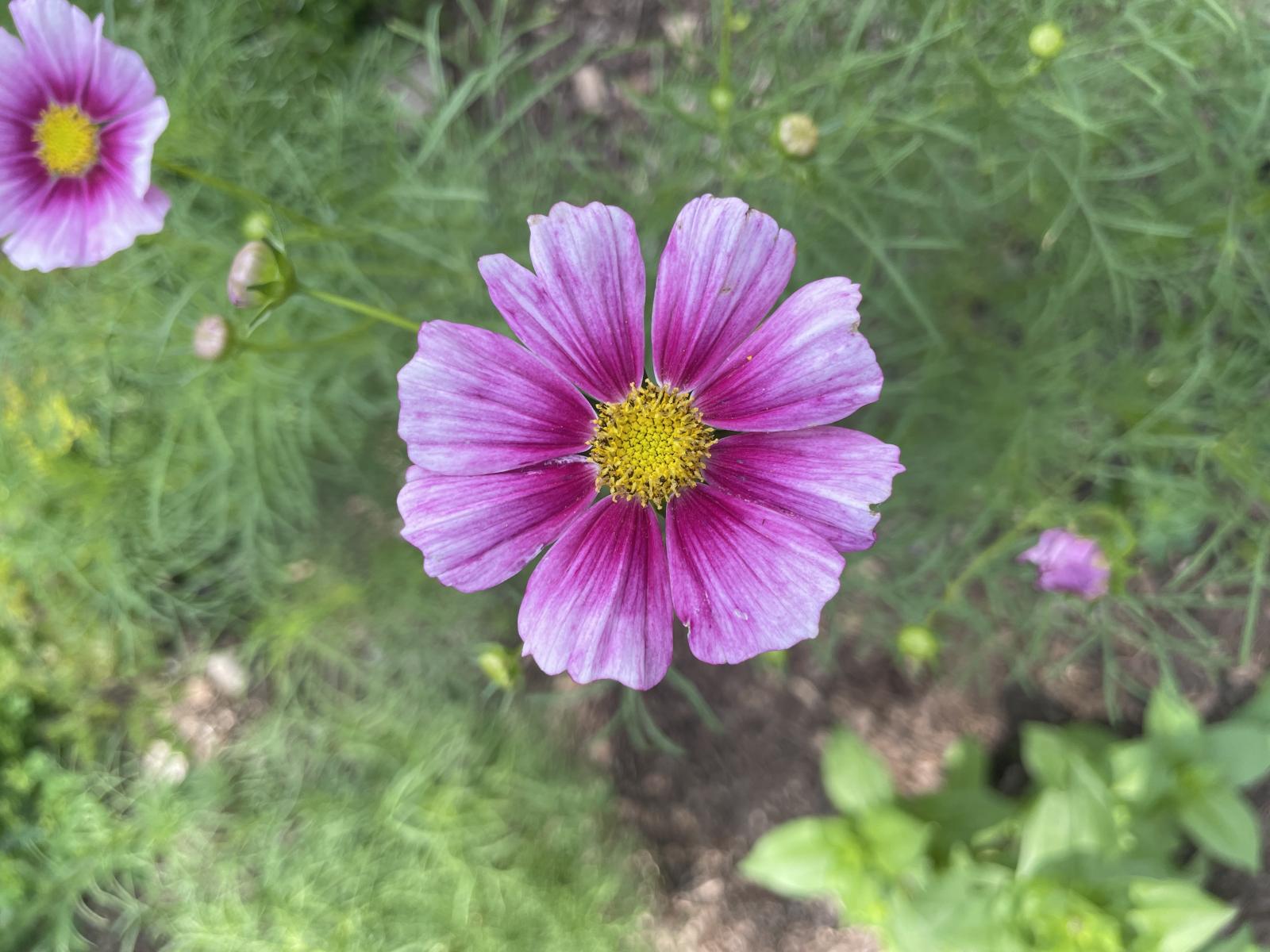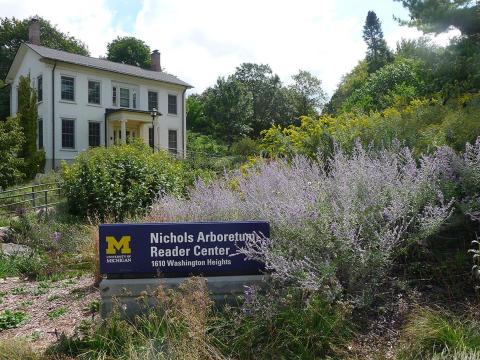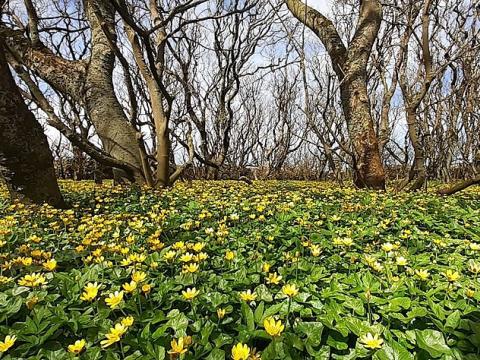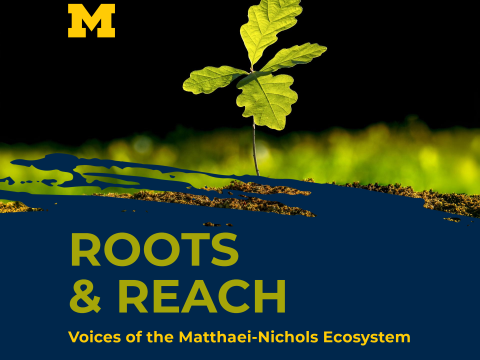

Humans have long looked to the botanical realm for deeper meaning or, more commonly, placed their own conceptions and desires upon it.
So is the case with the ‘Language of Flowers,' a Victorian pastime of imparting meaning onto plants that reflected the ethos of the elite. At a time when it was deemed improper to state feelings and intentions outright, the language of flowers acted as a discreet communicator during social encounters. However, it also reinforced prejudice, a strict binary, and the subordination of women. This practice persists in present-day flower choices—roses for romance, gladiolas for funerals, and white flowers to symbolize purity.
Despite the restrictive legacy of “The Language of Flowers,” this tradition of assigning meaning to plants also intersects with queer history. Floral symbolism has a history of signaling and celebrating queer identities. Purple petals adorn the world of queer iconography, from a bouquet of sapphic violets to lavender (both the plant and color) used as a symbol of queer resistance. A green carnation pinned to a man’s lapel (popularized by Irish poet Oscar Wilde) could be an emblem of queer identity (or possibly mean nothing), and the (often pejorative) term “pansy” (used to refer to effeminate qualities and gay men) has seen reclamation in queer communities. It gives title to the “Pansy Craze,” an oft-overlooked era of queer celebration in culture and media in the 20s and 30s.
As we take June to celebrate Pride Month, we lift up those ways of being that have long challenged externally placed notions of right and wrong and instead imagine realities beyond the limited scope of the status quo. While we do so, we can also look to plants themselves to see how they wave and dance beyond the realm of human conceptions of normalcy.
We have the 18th-century botanist Carl Linnaeus, known as the “father of taxonomy,” to thank for the way we conceive of plant reproduction and physiology. In his seminal Systema Naturae, he created a plant categorization system based on human notions of binary and sexuality. He classified reproductive plant parts as either “husbands” (stamens) or “wives” (pistils). Yet, plants often defy binary classification, with many possessing both reproductive parts in a single flower, and only 7% of plants containing separate “male” and “female” flowers on different plants. So, it is clear that this system, while fundamental to the history of botany, falls short in capturing the diversity of plant life. Some plants change their reproductive parts based on resource needs. Take, for example, Michigan native forest herb Jack in the Pulpit, which changes between “male,” “female,” or “asexual” parts from year to year, depending on its energy stores. Some plants can self-fertilize, and the native Michigan cactus, the Prickly Pear, which uses various reproduction methods, can self-clone by sprouting new individuals from detached pads.
Researchers Banu Subramaniam and Madeline Bartlett argue that the Linnaean view of classifying plants not only does a disservice to the diversity of the botanical world but reinforces damaging colonial norms and Western conceptions of gender and sexuality. They advocate for a change in the scientific “Language of Flowers,” shifting to desexualized terms like “staminate” and “pistillate,” or “monecious” and “dioecious.” While this change will likely be slow, in the meantime, we can try to decipher something of the true language of flowers by observing what plants have to teach us. In all their colorful splendor, they continue showing us that life in all its forms thrives outside the bounds of an imposed binary.


